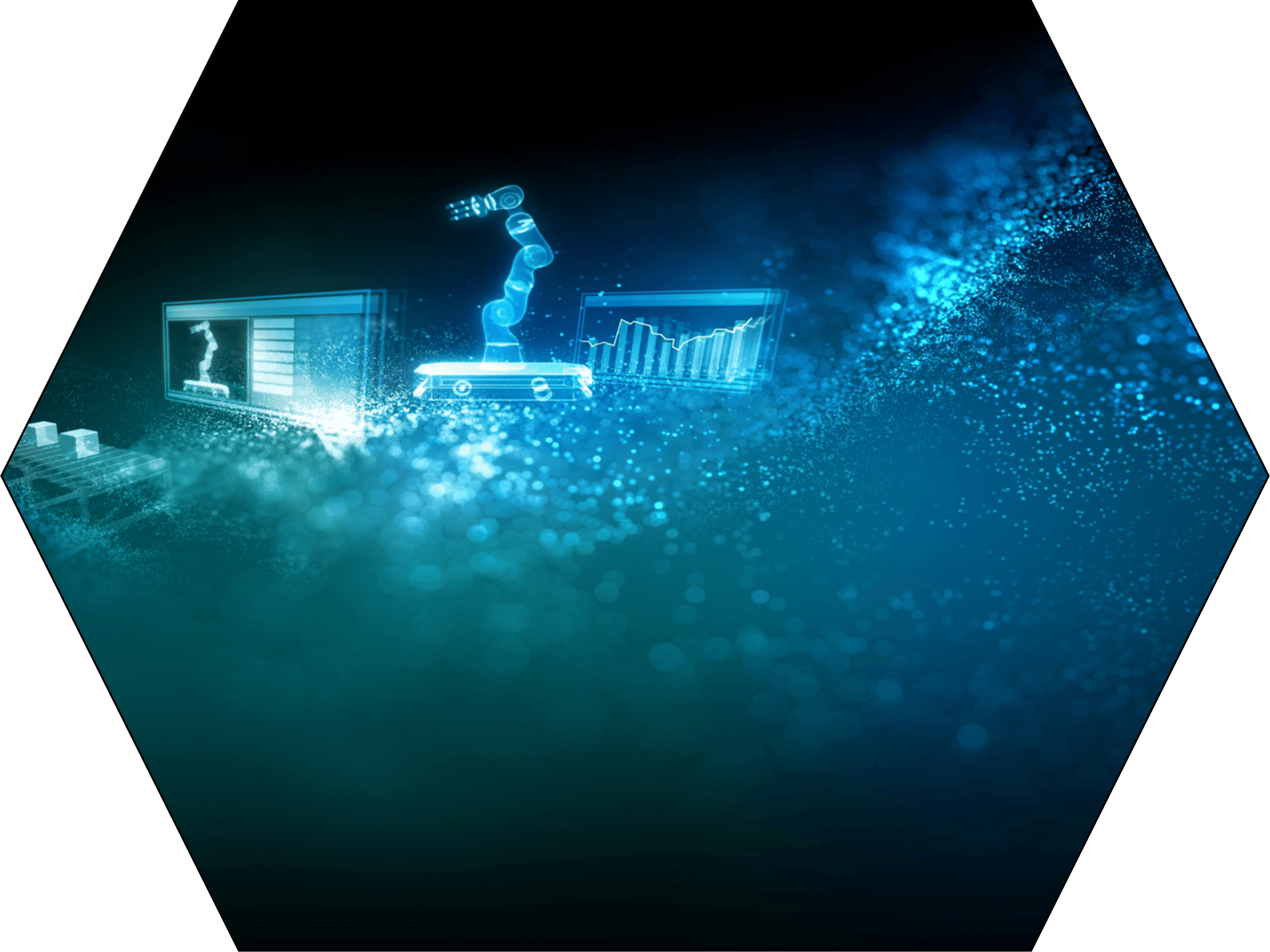
What is an ERP system?
"Enterprise Resource Planning (ERP) refers to the entrepreneurial task of planning, controlling and managing resources such as capital, personnel, operating resources, materials and information and communication technology in a timely and needs-based manner in accordance with the company's purpose. An efficient operational value creation process and a constantly optimized control of corporate and operational processes." (Source: Wikipedia, checked on October 12, 2021)
The high complexity of corporate ERP processes requires software support as part of the desired digital transformation. Each company must be viewed uniquely and individually in terms of its size, industry, technology and complexity. The modular structure of the product range from the industry-leading software manufacturer SAP SE allows it to be adapted to any company needs.

From "realtime" to "simple" - The Walldorfer way from the third to the fourth ERP generation
SAP ETC
SAP ECC (ERP Central Component) is the main component of the SAP ERP product portfolio from the software manufacturer SAP SE from Walldorf. SAP ECC (first release in 2004) is based on the R/3 architecture (client-server system) that has been available since 1992 and is also considered its successor with the basis of a web application server "SAP NetWeaver". However, this successor should be seen as a major further development rather than a technical overhaul.
Current state of the art
The latest version of the soon-to-be-expired R/3 basis is SAP ERP ECC 6.0 with Enhancement Package 8. According to SAP SE, support and maintenance for all R/3-based systems will end in 2027. Conversely, this means that a move to the fourth major ERP innovation from SAP SE with the product S/4 HANA must increasingly come into focus.
architecture
The architecture in SAP software is basically divided into three layers. On the one hand, this consists of the presentation layer or the front end on the client side with the graphical user interface SAP GUI. On the other hand, the system has an application and a database layer. The application layer includes the application server in the backend, which is responsible for process processing. The information to be processed comes from the database layer, which can be changed accordingly via the user's GUI. Everything happens in real time, i.e. “real time”.
The hardware architecture of the three-tier model is ultimately to be set up on-premise and requires a corresponding individual server infrastructure in the company. Components of the software can be implemented in the proprietary programming language ABAP (Advanced Business Application Programming Language) as well as in Java.


What is S/4 HANA and why does the “S” stand for “simple”?
While the running R/3 basis already enables data processing in real time and has a modular structure, the fourth innovation from the software manufacturer SAP SE since 2015 relies on a significant simplification of the technical complexity inside the software. Above all, the simplification of the data model and the new in-memory database platform SAP HANA should be mentioned. The greatly increased performance of the now essential database creates the basis for even faster information processing and the execution of numerous parallel processes by storing it on the main memory (in-memory) in return for the hard drive storage.
In addition to the technical performance, the new and modern SAP Fiori user interface also paves the way to a web-based and device-independent future for users. From now on, this replaces the Web Dynpro applications known from the R/3 system. Progress is also being made in modular architecture. Important SAP applications such as TM (Transportation Management) and EWM (Extended Warehouse Management) are now integral parts of the central S/4HANA system landscape and are no longer viewed as add-ons.

Support with SAP software implementation
After defining the end2end processes, our experienced consultants will support you in implementing these processes with SAP software.
-
ERP
Photo By: John DoeButton
We offer you support in the areas of:
- Projekt- und Programm-Management, Teilprojektleitung
- Unterstützung bei der Durchführung von SAP Rollout-Projekten
- Business Blueprints im Bereich Materialwirtschaft, Produktion, Projekt-System und Instandhaltung
- Realisierung der Blueprints im SAP Customizing
- SAP Testmanagement
- Cutover-Planung und Durchführung
- GoLive- und Post-GoLive-Support
Individualization with SAP ABAP, SAP Web-Dynpro and SAP Fiori
The solutions for your company cannot always be implemented by using the SAP standard. In this case, Wagner Informatik relies on employees who use their many years of experience to realize your individual wishes. The consultants design your solution and implement it together.
Wagner Informatik supports your projects with:
- Projektleitung, Teilprojektleitung für kundenindividuelle SAP-Implementierungen
- Design von SAP ABAP basierten Reports, Interfaces, Customer Exit‘s und Enhancements (SAP RICE) für die SAP Module CO, SD, MM, PP, PM, PS
- Design von SAP Web-Dynpro basierten kundenindividuellen Lösungen
- Design von SAP Web Services, I-DOC Schnittstellen, RFC Schnittstellen
- Implementierung und Programmierung der Individuallösungen mit SAP ABAP und SAP Web-Dynpro, Realisierung als On-Site Support oder als Near-Shore Programmierung
- Impact Analysis, Risk Assessment und Risk Mitigation Strategien zwischen den Individuallösungen und Standard-SAP
- Test- und Transport-Management für SAP Individuallösungen
- GoLive- und Post-GoLive–Support für SAP Individuallösungen











